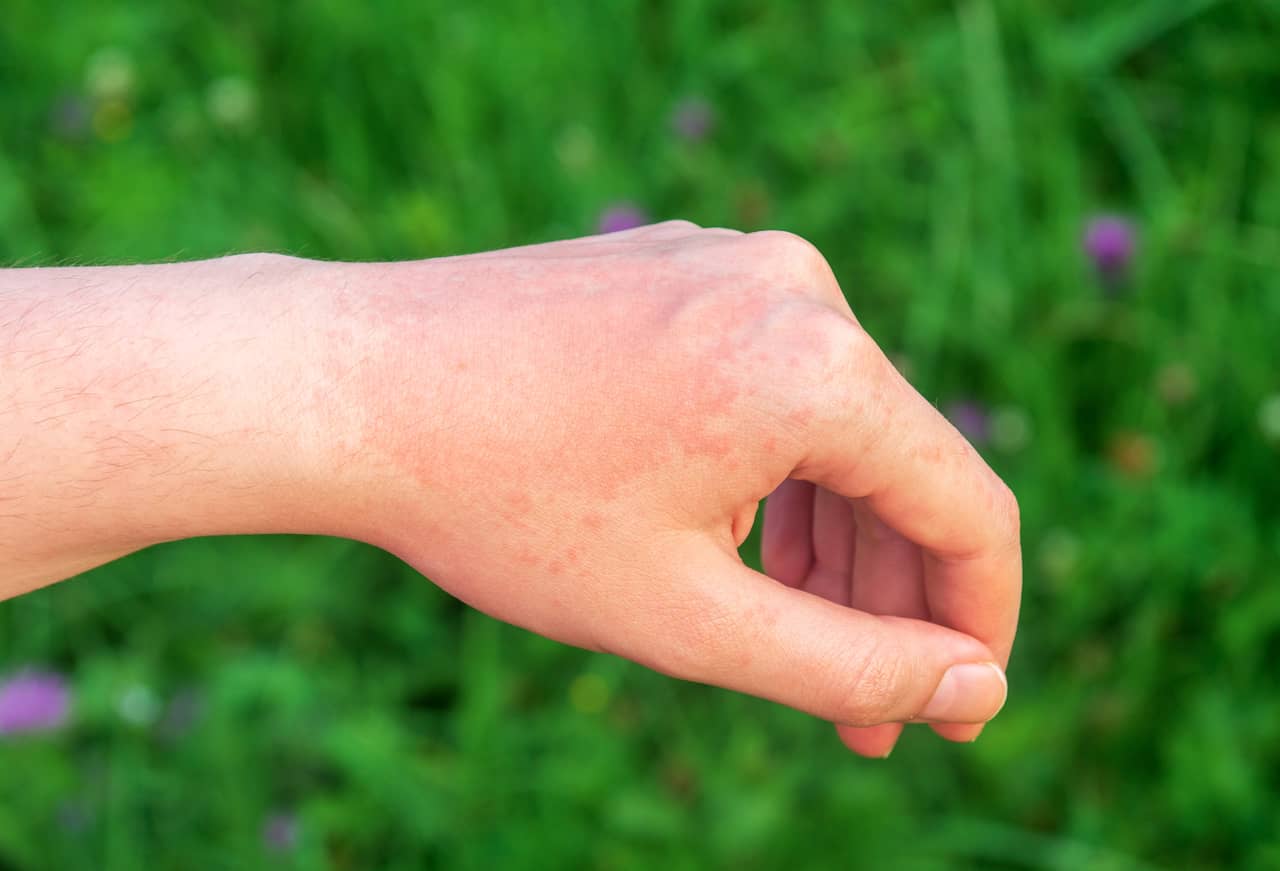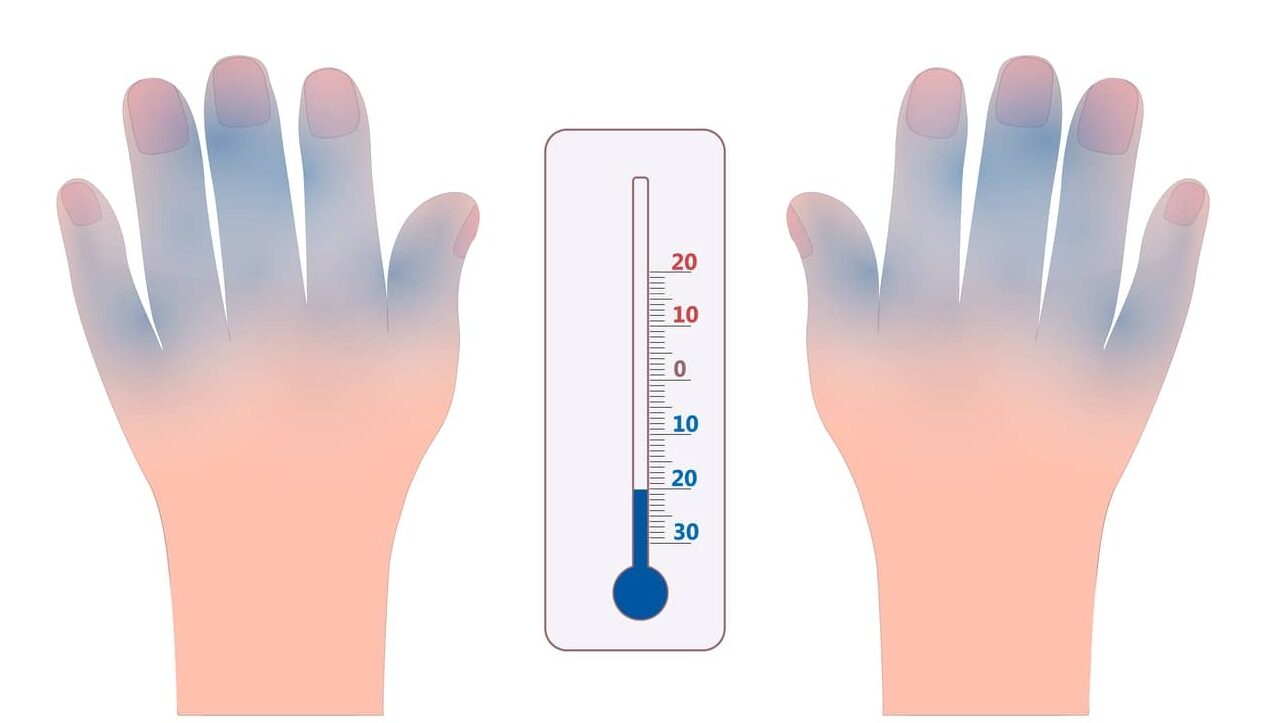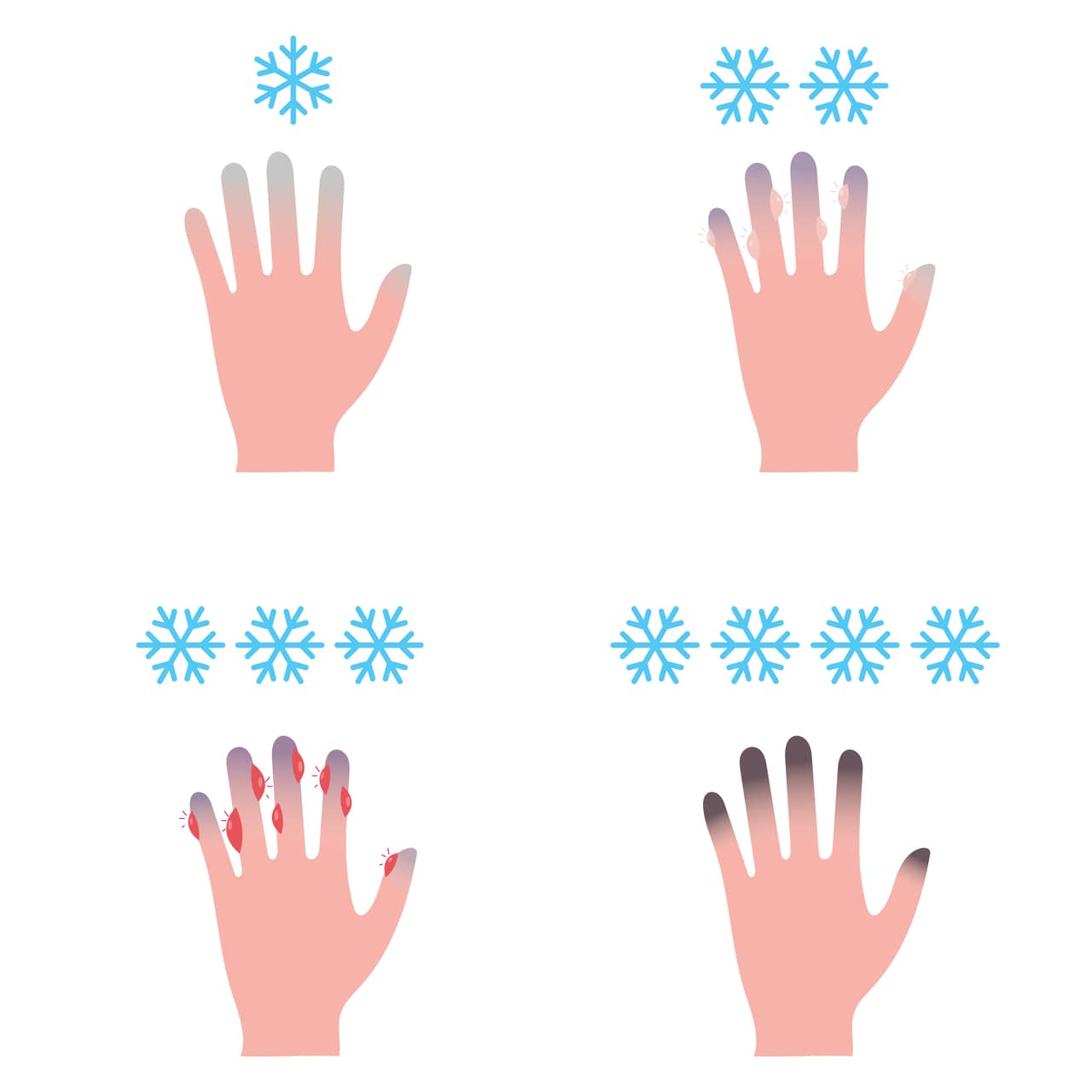As the temperature drops, you need to cover yourself up adequately to avoid skin injuries. One of the most common problems encountered during cold weather is frostbite.
If you currently have one or want to prevent yourself from having it, worry not! This article will walk you through essential information about frostbite, prevention methods, and recommended treatments.
What is frostbite?
You can acquire frostbite from freezing weather. The level of damage might vary.
Some people end up with damages to the skin and the tissues beneath. In severe cases, frostbite can permanently impair nerves, joints, muscles, and bones.
Now, what happens when you’re experiencing frostbite?

Exposure to cold temperature restricts and narrows blood vessels. This prevents blood from flowing properly.
When there’s not enough blood flow and oxygen supply, the tissues end up dying.
Aside from the low temperature, cold water can also cause you to have one. When uncovered skin is exposed, it leaves the area vulnerable to injury.
Other causes of frostbite include:
- A more extended period of exposure even when the weather is not extremely cold and;
- Ice packs and frozen metals pressed instantly to the skin.
How to Prevent Frostbite
While the icy season can be fun and exciting, it is necessary to observe preventive measures and proper clothing to avoid yourself from getting hurt.
Avoid exposing yourself outdoors.
During the cold season, it is indeed exciting to do activities outdoors.

However, try to limit it when it’s freezing outside. Think of new and fun ways to entertain yourself inside your home.
You can also decide to snuggle yourself in your favorite blanket while sipping a cup of hot beverage.
Dress appropriately before going out.
It is vital to wear layers such as socks, scarves, coats, and mittens.
Utilizing gloves might fail to provide warmth for your fingers when rubbed against each other. Try using mittens instead.

Preferably, ensure that most clothes covering your body are waterproof. As much as possible, they should cover your neck and head.
Also, did you know that ears can also be frostbitten? You may opt to use knitted ear muffs to protect them, too!
Do not restrict your blood flow.
Wear clothes that are comfortable and not blood restricting. The same goes with your boots.
A tight wardrobe might prevent your blood from flowing correctly.

Remember that proper circulation is one of the ways to regulate body temperature.
Eat properly.
Healthy and proper meals can help you have a healthy body. If so, heat regulation can come easy.

Alcohol can reduce body heat; therefore, avoid or keep your use moderately.
Also Read: 7 killer ways to Prepare your Hair and Skin for Winter
During travels and camping, you should observe the following:
- Always bring a car emergency kit.
- Pack some extra food, water, boots, blankets, and mittens.
- Carry with you a tent designed for winter.
- Prepare a source of heat and fire such as butane burner, alcohol, lighter, tin can, and cotton.
These things will allow you to be ready when the weather turns terrible.
Symptoms
The following are signs and symptoms of frostbite:
- Cold skin and a prickling sensation at the beginning
- Loss of feel and sensation in the area
- The skin might turn red, white, bluish-white, grayish-yellow, purple, brown, or ashen.
- The skin might change to be stiff or waxy
- Joint and muscular tightness can cause clumsiness.
- In severe cases, blistering can be observed after rewarming.
There are times when frostbite is unnoticed by the patient due to numbness of the skin. It is difficult for people with darker complexions to detect that they are already suffering from it.
3 Stages of Frostbite and Their Reaction on Rewarming Method
Frostbite occurs in several stages:
Frostnip
Frostnips do not leave permanent skin impairment. It is the mildest stage among the three.
At this level, you will slightly feel numbness around the concerned area.

However, after rewarming your skin, you will slightly feel tolerable pain.
Superficial frostbite
During this stage, you will observe skin discoloration. Rewarming can offer a lot of help when having superficial frostbite.

However, it will leave your skin blotchy right after. Furthermore, it can give you burning and swelling pain, as well as a blister that appears after 12 hours to 36 hours after rewarming the area.
Remember that this can be a severe injury that needs medical intervention.
Deep or severe frostbite
This needs immediate medical attention. After being rewarmed by the doctor, deep frostbite can give you more prominent blisters within a day or two.

This is the most severe among the three. It may affect every layer of the skin, including the tissues underneath. Additionally, it might immobilize muscles and joints.
Also, expect pale white or blue-gray skin. Yet, whenever the tissue dies, it turns black. There is a great chance to lose the judgment of temperature, pain, and discomfort.
First Aid Tips
Aside from rewarming, here are the other things you can do to apply first-aid:
- Tuck your hand in your armpits when you feel that you’re starting to have frostbite in the area.
- Immediately go inside and get yourself in a warm room or wrap a blanket.
- Drink warm beverages.
- Considering taking pain relievers.
- Ask for medical help if you suspect hypothermia.
Keep yourself safe and dry during the cold season. Remember to stay calm, and consider first aid right away when waiting for proper medical assistance to come to lessen the damage.

Hi, I’m the Founder and Developer of Paramedics World, a blog truly devoted to Paramedics. I am a Medical Lab Tech, a Web Developer and Bibliophiliac. My greatest hobby is to teach and motivate other peoples to do whatever they wanna do in life.
Thanks for sharing this informative guide on treating and preventing frostbite. It’s crucial to stay safe and informed in cold weather conditions!